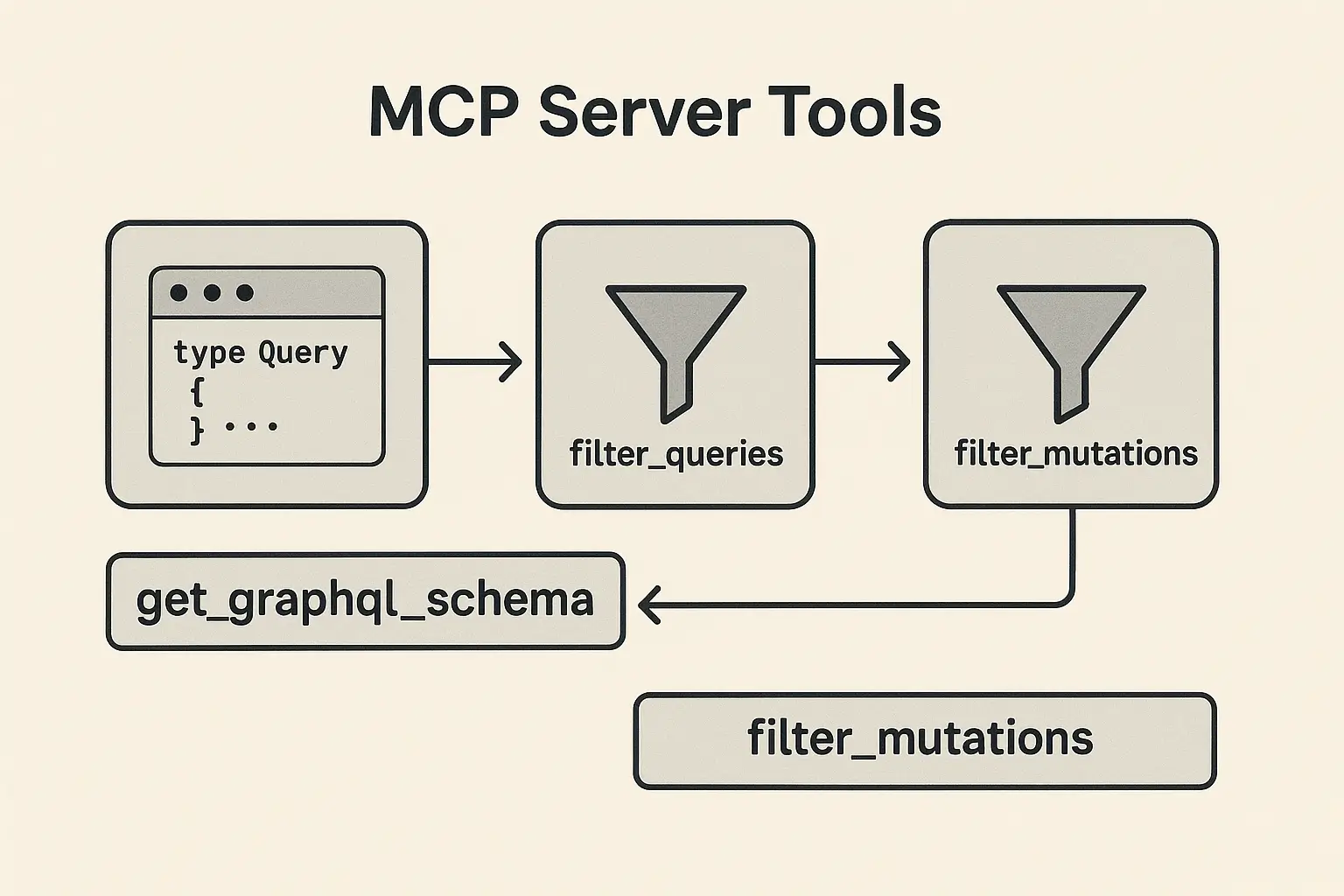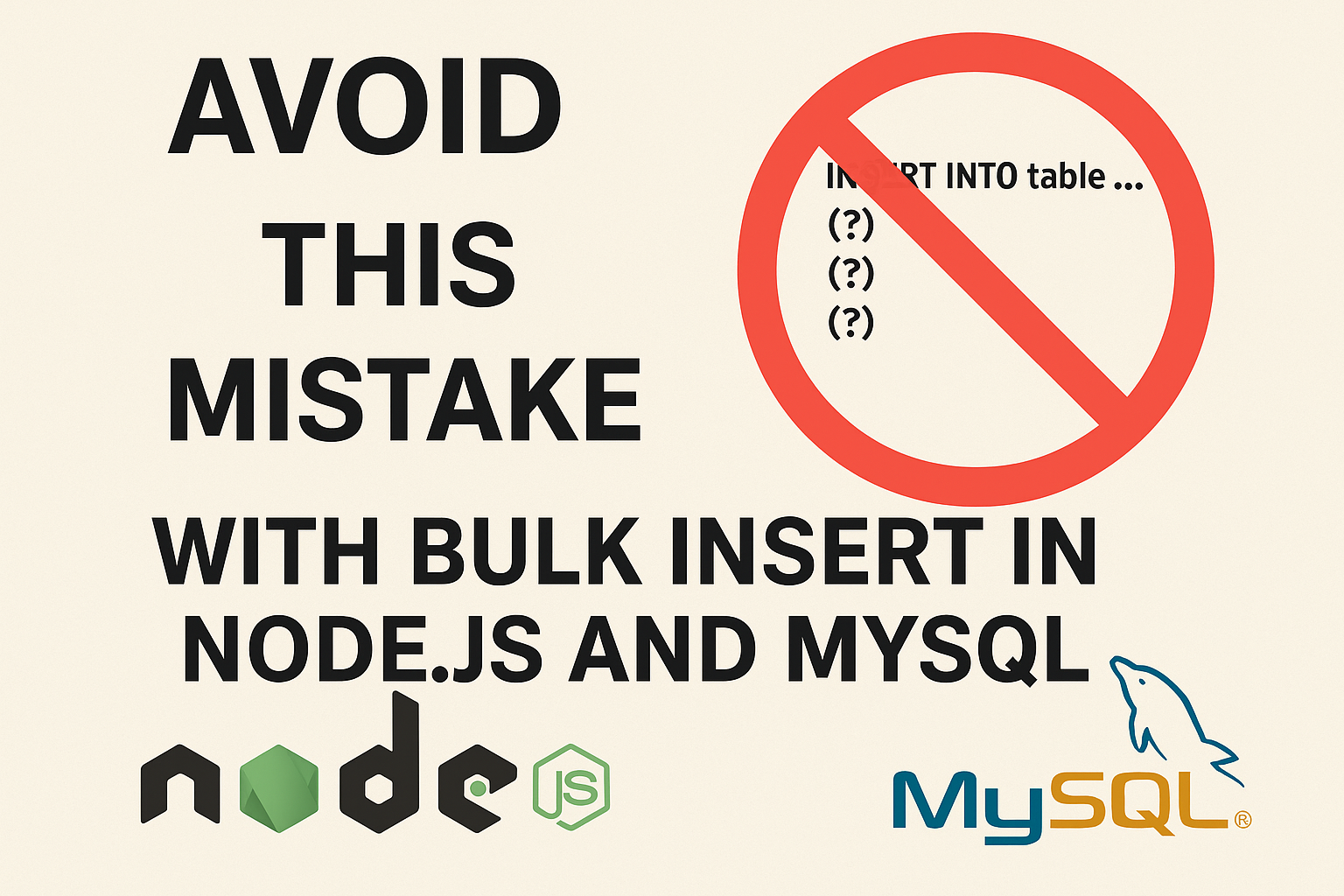IAM Role vs. IAM Instance Profile: Clear Guide for AWS Beginners
If you’re just getting started with AWS, understanding IAM Roles and IAM Instance Profiles can be a bit confusing. These two concepts are crucial for securely managing permissions, especially when working with AWS services like EC2. In this blog, we’ll break them down in simple terms with examples so you can get started confidently.
What is an IAM Role?

An IAM Role in AWS is like a “job description” for what someone or something is allowed to do. It grants temporary permissions to users, applications, or services without using long-term credentials like passwords or access keys.
Key Points About IAM Roles:
- Purpose: To give temporary access to AWS resources.
- Who Can Use It: AWS services (like EC2, Lambda), applications, or even other AWS accounts.
- How It Works:
- A service or user “assumes” the role.
- Temporary credentials are issued for accessing AWS resources.
Example:
Imagine you have a Lambda function that needs to read files from an S3 bucket. You create an IAM Role with S3 permissions and attach it to the Lambda function. Now, the Lambda function can read the S3 files without needing access keys.
What is an IAM Instance Profile?

An IAM Instance Profile is like a “delivery package” for an IAM Role. It allows EC2 instances to assume an IAM Role and use its permissions. Without an instance profile, EC2 instances wouldn’t know how to access the role.
Key Points About Instance Profiles:
- Purpose: Ensures that an EC2 instance can assume an IAM Role and access resources securely without embedding credentials in code.
- Who Can Use It: Only EC2 instances.
- How It Works:
- Create an IAM Role with specific permissions (e.g., access to S3).
- Add the role to an Instance Profile.
- Attach the Instance Profile to an EC2 instance.
Example:
You want an EC2 instance to write logs to CloudWatch.
- Create an IAM Role with permissions to write to CloudWatch.
- Create an Instance Profile linked to this role.
- Attach the Instance Profile to the EC2 instance.
Now, the EC2 instance can write logs to CloudWatch without requiring hardcoded credentials.
Key Differences Between IAM Roles and Instance Profiles
| Aspect | IAM Role | IAM Instance Profile |
|---|---|---|
| Purpose | Grants temporary permissions to AWS services, users, or applications. | Passes an IAM Role to an EC2 instance. |
| Scope | Used by AWS services like Lambda, users, or applications. | Only used by EC2 instances. |
| Dependency | Exists independently. | Requires an IAM Role. |
| Use Case | Provide access to S3 for a Lambda function. | Provide access to S3 for an EC2 instance. |
How IAM Roles and Instance Profiles Work Together
When you want an EC2 instance to access AWS resources securely, you must combine both:
- Create an IAM Role: Define permissions for what the EC2 instance can do (e.g., read from S3).
- Create an Instance Profile: Link the IAM Role to an Instance Profile.
- Attach the Instance Profile to EC2: This step delivers the permissions to the instance.
Once the instance profile is attached, the EC2 instance automatically gets temporary credentials via the instance metadata service, allowing it to access resources securely.
Benefits of Using IAM Roles and Instance Profiles
- Enhanced Security: No need to embed credentials in your code.
- Ease of Management: Update permissions in the role, and all associated resources are updated automatically.
- Scalability: Easily attach the same role to multiple EC2 instances.
- Governance: Use AWS IAM policies to enforce fine-grained access controls.
Common Pitfalls to Avoid
- Forgetting the Instance Profile: An IAM Role alone isn’t enough for EC2. You must attach it via an Instance Profile.
- Over-Permissive Roles: Granting excessive permissions can expose your resources to security risks.
- Not Using Tags: Tags can help you track and manage roles and profiles across your AWS environment.
Conclusion
Understanding the difference between IAM Roles and IAM Instance Profiles is essential for securely managing permissions in AWS. While an IAM Role defines what actions are allowed, an IAM Instance Profile ensures EC2 instances can use those permissions. Together, they provide a secure and scalable way to access AWS resources.
Are you ready to implement secure permissions in AWS? Start creating roles and instance profiles to take your AWS skills to the next level!





